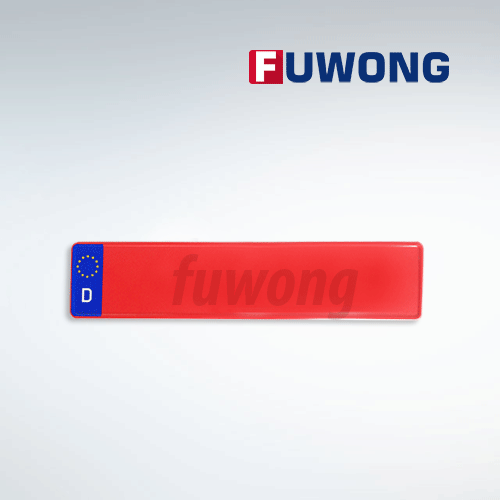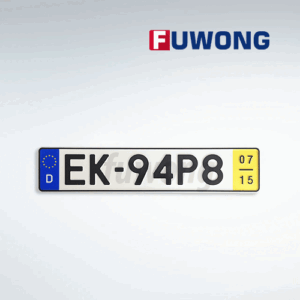
European countries have its rich history in automobile. Ranging from custom car up to luxury vehicles, Europe has its own piece to boast. On its automobile history, it also rooted its legal system in Euro plate license registration. In Europe, ‘Department of Motor Vehicles’ requires all car owners to have their vehicles registered in their ‘local registration office’, and must carry a plate license attach to their vehicle or trailers for official identification and traffic purposes. All countries in Europe have adopted the common format of plate license such as the common plate number which bears an EU format which is being issued by its member states.




This format of vehicle plate license must satisfy the requirements of ‘Vienna Convention on Road Traffic’ as also stated on the legal traffic law of Europe. This states that all cross boarder vehicles should display a distinguishing sign or identification of their plate registration on the rear of their vehicles. This signs needs to be incorporated to the vehicle’s registration plate, or placed separately from registration plate. Euro vehicle plates varies from state to state, however, it bears a unique identification that represents the local place where the car have been issued. Vehicle plate licensing and registration in the Europe are handled by its local government, where they perform DMV functions (Department of Motor Vehicles). Let’s take a closer look on how the European plate license differs from state to state, and the license plate features in each local registration of plate number as required by their traffic authority.
